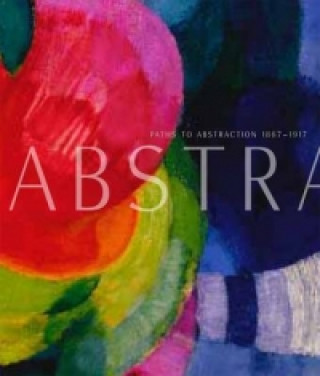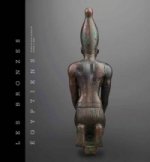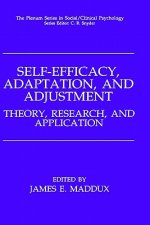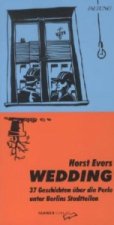
Livraison
Guide d'achat
16 126 809 livres à l’intérieur 175 langues






Afficher toutes les langues (175)
2 047 052 livres numériques à l’intérieur 101 langues






Afficher toutes les langues (101)





Cela ne vous convient pas ? Aucun souci à se faire ! Vous pouvez renvoyer le produit dans les 30 jours
 Bon d’achat
n'importe quelle valeur
Bon d’achat
n'importe quelle valeur
Impossible de faire fausse route avec un bon d’achat. Le destinataire du cadeau peut choisir ce qu'il veut parmi notre sélection.
Paths to Abstraction 1867-1917
 Anglais
Anglais
 127 b
127 b
 common.delivery_to
common.delivery_to
Politique de retour sous 30 jours
Ceci pourrait également vous intéresser


Surveying the art of five decades, from 1867 to 1917, this publication follows the broad and diverse ways that artists and their public, little by little, learnt to see and to judge works of art abstractly. The contributions of Whistler, Monet, Cezanne, Maurice Denis,Vuillard, Matisse, Derain, Picasso and Braque in advancing the possibilities of abstraction are given due emphasis. Apart from Kandinsky, the first generation of abstract painters included Piet Mondrian, Kasimir Malevich, Fernand Leger, Francis Picabia, Frantiek Kupka, Robert Delaunay, Sonia Delaunay, Giacomo Balla, Jean Arp, Sophie Taeuber, Paul Klee, Arthur Dove and Patrick Henry Bruce. How had these artists arrived at such a convergence? How had abstract art taken root so quickly? Why was it not singled out by critics or historians as an independent art movement? One answer is that the conventions of abstraction had evolved over such a long time and were so thoroughly embedded in the avant-garde movements of the late 19th and early 20th century, that the advent of abstract art seemed inevitable; abstraction was considered synonymous with modern art. Far from breaking links to prior avant-garde movements, as this book argues, abstraction arose directly from a tradition of speculation about the nature of art and of aesthetic experience.
À propos du livre
 Anglais
Anglais
Catégories


 Contact
Contact Comment faire ses achats
Comment faire ses achats














